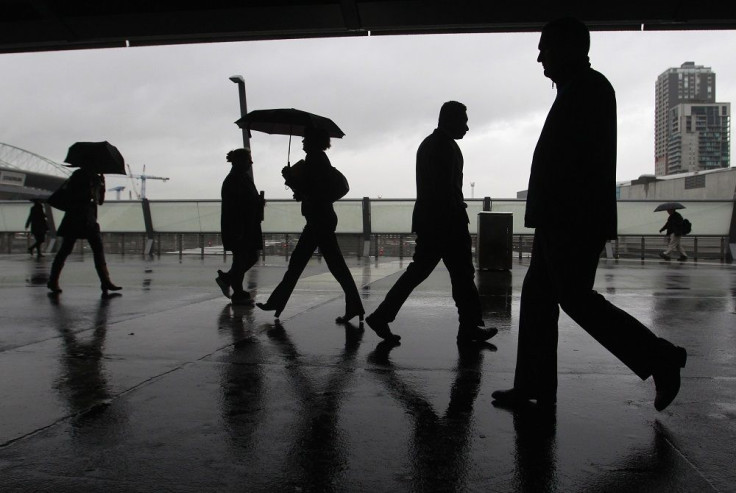Abbott on Human Rights Commission’s 40-40-20 gender workforce quota: ‘It’s anti-men’

Former Prime Minister Tony Abbott has called the Australian Human Rights Commission’s workforce gender ratio target “anti-men.” Sex Discrimination Commissioner Kate Jenkins has told federal government to make private sector contractors to hire more women to help close the 16 percent gender pay gap.
As the Telegraph reports, Jenkins advised the federal government to take “disruptive action” and make private sector contractors hire more women. She allegedly said the government should include a clause in their contracts requiring “demonstrated efforts to improve gender balance.” The target is 40 percent women, 40 percent men, and the remaining 20 percent unallocated to allow for flexibility.
Male-dominated industries should apparently indicate an upward trend in the recruitment and retention of women over time. Abbott, however, saw the potential move as “anti-men.”
“Pull your head in,” he told 2GB radio. “We absolutely have to give women a fair go but some of this stuff sounds like it’s just anti-men.”
The Telegraph also points out that Jenkin’s quotas could prove to be troublesome for both male-dominated and female-dominated industries. Construction, manufacturing, mining and energy supply industries would be forced to balance their current 80 percent male workforce. This would also apparently be destructive for healthcare and education industries, where women make up 80 and 70 percent of the workforce respectively.
In 2015-16 data, the federal government awarded $57 billion contracts to private companies. “Disruptive action” could mean that companies that fail to follow the suggested gender balance ratio on their recruitment process could lose federal contracts.
However, according to Jenkins, the Telegraph report was not accurate. The Human Rights Commission only recommended that the Government should become a model industry in improving gender balance in the workforce, not suggested that quotes should be put in place.
“The 40:40:20 target is used by the Workplace Gender Equality Agency to describe gender-balanced workplaces. It means that a gender-balanced workforce would be made up of 40 percent men and 40 percent women, with the remaining 20 percent unspecified to allow for flexibility,” she said. “This is not a mandatory quota. Organisations would not need to meet this gender balance target to secure Government contracts.”
Jenkins further explained that the recommendation simply asks for “demonstrated efforts” to improve the gender balance in the workforce, insisting that there are many benefits that come from improving the issue in both male- and female-dominated industries.
“Increasing diversity in organisations has proven benefits,” the commissioner said in a statement. “By improving women’s participation in male-dominated industries, we can broaden the talent pool within these industries, address skill shortages and improve the performance of organisations. Similar benefits would flow to female-dominated workforces.”
Read more:
Global Gender Gap Index 2016: Australia drops to 46th in gender parity list
Ex-PM John Howard invites backlash after saying 50-50 gender balance in parliament is unrealistic: ‘Women have limited capacity’






